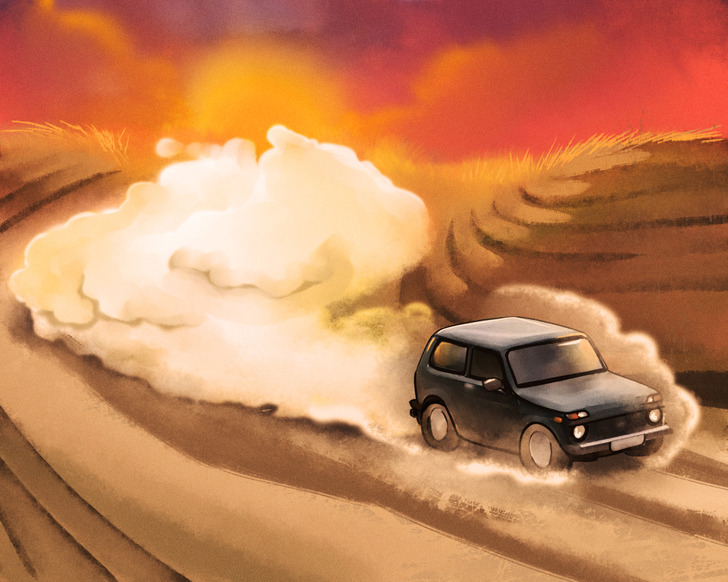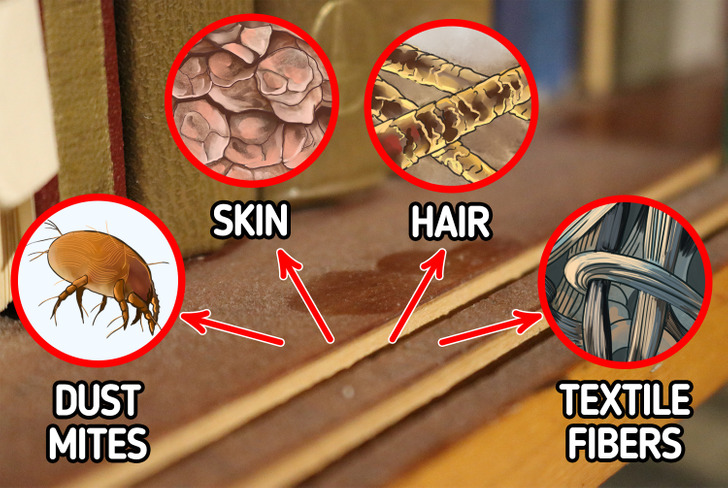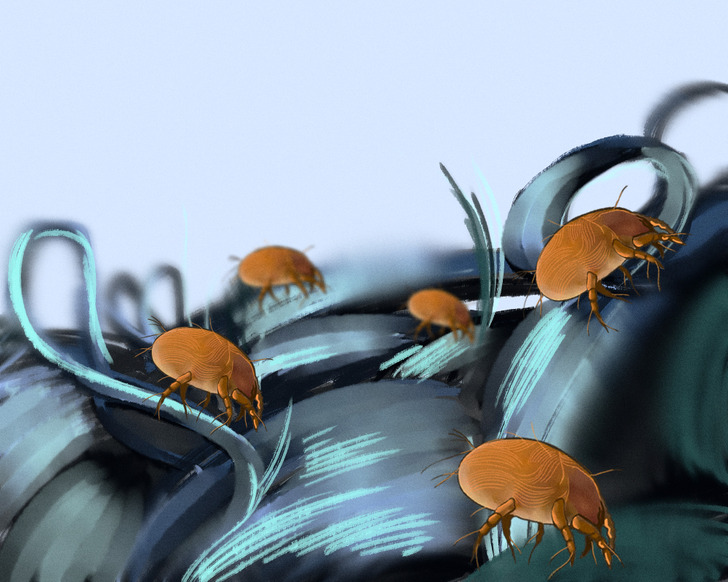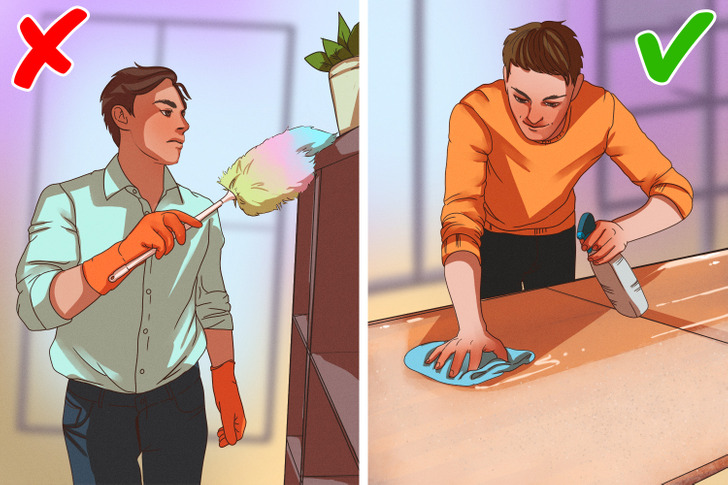Where Household Dust Comes From, and What It’s Made Of
A few times a week, we take a cloth in our hands and dust all the horizontal surfaces in our home. But how many of you can say what dust really is without thinking hard?
5-Minute Crafts would like to tell you about where dust comes from and what it’s made of.
What dust is

Dust consists of tiny particles of solid matter, such as soil or volcanic rocks. In different environments, the composition of dust may be different.
- Road dust consists of deposits of vehicle exhaust gas, tire and brake pad particles, as well as soil from road potholes and dirt from construction sites.
- Cosmic dust exists in outer space and falls on Earth from there. Its dimensions can vary from a few molecules to 0.1 mm. It’s made of both organic compounds and condensates of refractory substances that remained after the formation of stars.
- Fugitive dust is made of the smallest particles of mineral substances in the air, the main source of which is the soil. The sources of dust can be either natural (wind lifting dust from the steppe) or artificial (a tractor driving across a plowed field).
Household dust

Although small particles that are accumulated on tables and shelves at home are similar to the types of dust we described above, they are still different. Let’s see how.
Household dust consists of 20%-50% dead skin cells. It also contains particles of plant pollen, human hair and animal fur, small fibers from home textiles and clothing, as well as minerals from outdoor soil. Dust is far from being as inert as we used to think: it actively absorbs contaminants that we bring into our homes after shopping or on the soles of our shoes. Thus, it can contain a whole range of organic and mineral waste.
Dust mites

These tiny arachnids are everywhere where people live. They feed on dead human skin cells, but there is no need to worry — they don’t live on people. However, this can’t be said about blankets, bedding, upholstered furniture, and carpets. Mites and their feces are also part of the dust, but they are quite heavy and don’t linger in the air, settling down on various surfaces.
Some people can be allergic to household dust. To be more precise, this is an allergic reaction not to the dust but to the droppings of dust mites. To prevent the dust mite population from growing, choose wooden or leather furniture, and tumble dry bed linens with hot air.
Cleaning

It seems nothing new can be said about dusting. However, the following thing should not be ignored. Many people know what a feather duster is. It usually consists of a handle and a bunch of feathers attached to it. It’s used for dusting, but, in fact, feathers only raise dust into the air, and then it settles down elsewhere.
If you want to capture dust, it’s best to use a soft wet cloth, preferably made of microfiber or electrostatic material. A vacuum cleaner is suitable for cleaning walls and ceilings. It’s better to clean these surfaces from the top down, so there is less of a chance of spreading dust.